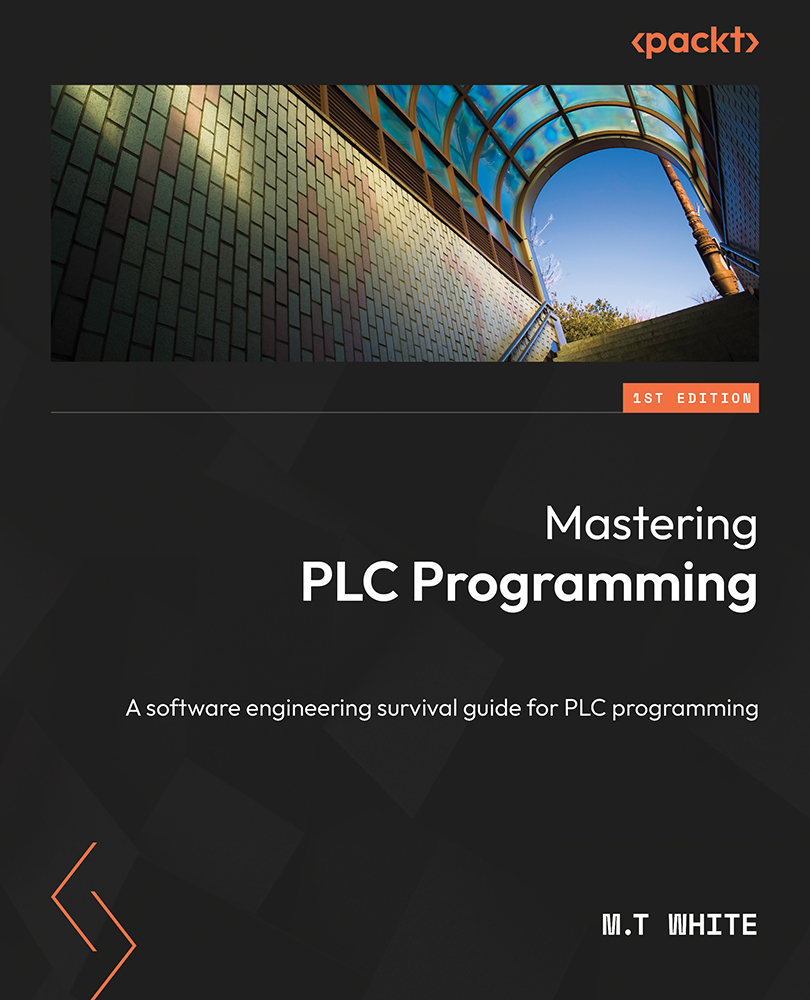Introducing SOLID programming
When first introduced to SOLID programming, I was incredibly confused about its purpose. My young, inexperienced self simply could not fathom that OOP did not ensure quality code. After all, as long as you’re following proper OOP principles, you should be producing quality code, correct? Well, the answer to that is “Wrong.” Quality code stems from well-architected code. Essentially, a quality program is a program where things can be easily added or removed, bugs can be easily found, and code can be easily changed without the risk of breaking other code. This is where SOLID comes into play. SOLID programming is a set of general rules that, when followed, will drastically improve the quality of your program’s architecture.
So, what is SOLID programming? SOLID programming is a set of five object-oriented design (OOD) principles. SOLID is the brainchild of Rober C. Martin, a.k.a Uncle Bob. In short, Uncle Bob devised five principles...


























































